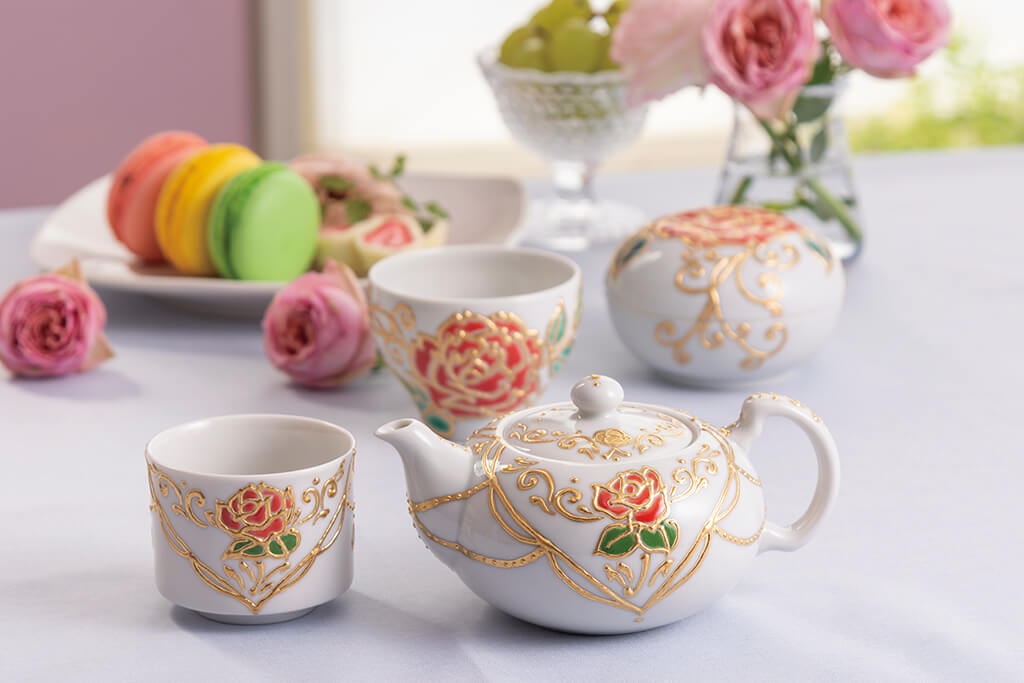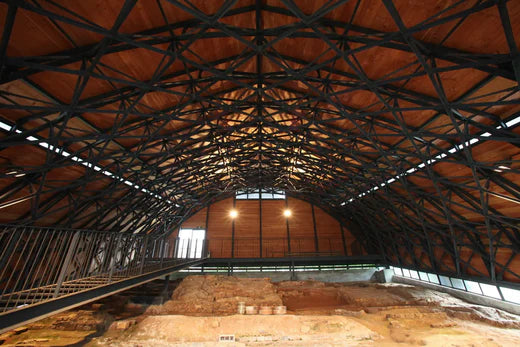Atsushi Yamamoto
Myosen Toubou Kiln for the Imperial Household Agency
Mastering and passing on the beauty of modeling
Kiln under Imperial Household Agency warrant
Myosentobo Atsushi Yamamoto
This is an excellent kiln that has been steadily producing results year after year, and has always continued to produce high quality vessels to the world. Each vessel has an overwhelming sense of presence and beauty. Furthermore, the tableware beautifully complements the food, and the vases beautifully complement the flowers and plants arranged in them. Even professionals in the field of pottery and ceramics have a keen interest in Myosentobo's pottery.
Today, the Kutaniyaki industry is not exactly smooth sailing.
We interviewed Myosentobo to find out how they overcame the stormy seas and how they plan to paddle into the future.
Title
By preserving traditional techniques
Myosentobo was able to survive
Title
A Rare Technique Inherited by Myosentobo
What is katauchi technique?
Title
The Appeal of Stamping Technique
Productivity and Quality
Title
With reliable handcrafting techniques
with reliable handcraftsmanship that will last for 100 years and 200 years to come.
Title
The Future of Kutani-yaki
Young Kutani-yaki Artists and Craftspeople of the Future
Title
I want you to enjoy Kutani ware
I want you to enjoy Kutani ware freely.



























